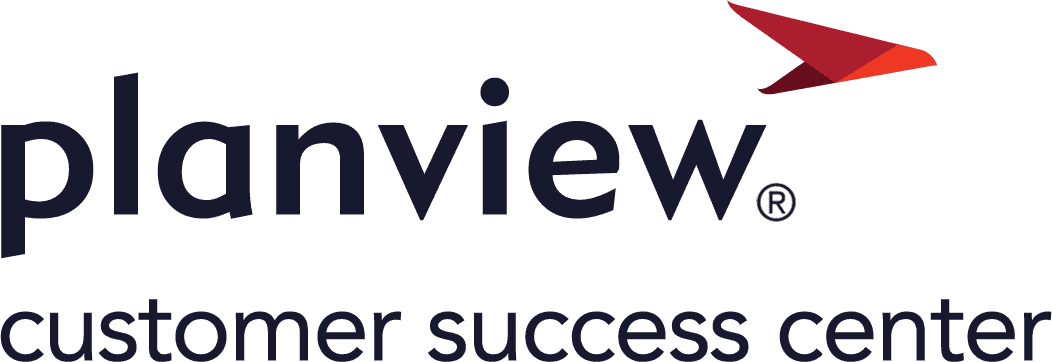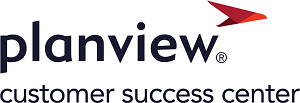Mastering Portfolio Prioritization
- Last updated
- Save as PDF
5 Essential Steps to Transform Your Investment Decision-Making
Making informed investment decisions across your enterprise doesn't have to be a challenge. These proven steps will help you establish consistent, data-driven prioritization practices that align with your organizational goals.
Why Better Prioritization MattersToo often, organizations struggle with:
|
|
 |
 |
1. Define Criteria
2. Capture Demand
3. Analyze and Rank
4. Set Targets
5. Socialize Priorities
1. Establish Evaluation Criteria for Prioritizing Investments
Clear Criteria
Define clear, measurable criteria aligned to business objectives
Scoring
Use consistent scoring approaches (such as WSJF)
Metrics
Focus on quantifiable metrics everyone understands
How To Implement:
| Platform | Implementation Steps |
|---|---|
| Planview Portfolios |
To support establishing initial evaluation criteria for prioritizing investments, we can create a Scoring Model in Planview Portfolios. Later, we can add additional attributes and financial information as required. |
| Planview AgilePlace |
An alternative to a more traditional scoring model, we can create cards in an Agile Board and use the AgilePlace card scoring functionality to help us score each initiative. We can use one of the predefined card scoring models or create a custom scoring model tailored to your specific needs. |
2. Capture Demand and Assess Investment Value With Clarity
Minimum Data
Identify the minimum data needed for effective decision-making
Basic Information
Understand basic demand and benefit information
Simple Process
Keep it simple; don't over-engineer the process
How To Implement:
| Platform | Implementation Steps |
|---|---|
| Planview Portfolios |
Use the Investment Planning functionality to:
|
| Planview AgilePlace |
|
3. Analyze and Rank Projects Using Data-Driven Insights
Objective Ranking
Objectively rank investment opportunities based on consistent criteria and business cases
Scoring Framework
Incorporate constraints and weighted scoring
Budget Planning
Include high-level budget and timeline estimates
How To Implement:
| Platform | Implementation Steps |
|---|---|
| Planview Portfolios |
|
| Planview AgilePlace |
|
4. Set Realistic Targets, Budgets, and Constraints
Portfolio Outcomes
Define outcomes and objectives for the portfolio
Value Drivers
Identify value drivers for each portfolio, both qualitative or quantitative
Strategic Focus
Maintain laser focus on key constraints and establish clear planning horizons - avoid too much detail too early
How To Implement:
| Platform | Implementation Steps |
|---|---|
| Planview Portfolios |
|
| Planview AgilePlace |
|
5. Socialize Priorities to Maintain Momentum
Plan Visualization
Visualize your plan and socialize prioritization rationale
Timeline Management
Manage timelines and dependencies to avoid surprises and bottlenecks
Clear Communication
Regularly communicate priorities with your team
How To Implement:
| Platform | Implementation Steps |
|---|---|
| Planview Portfolios |
|
| Planview AgilePlace |
|
|
Planview Roadmaps Planview.Me |
|
Additional Resources
For more information, please refer to the following resources:

